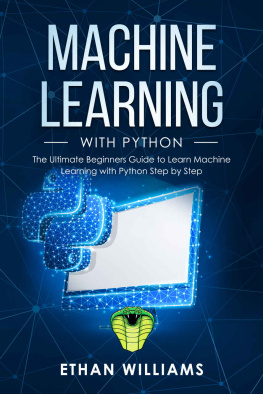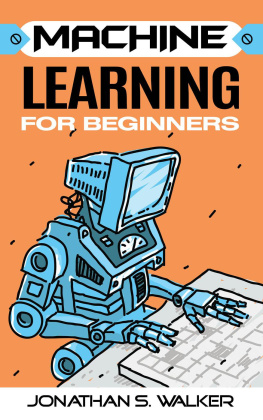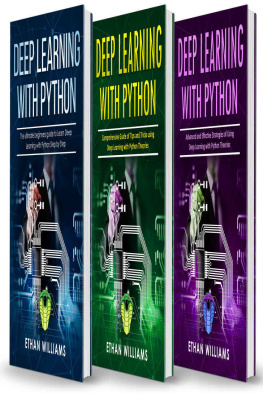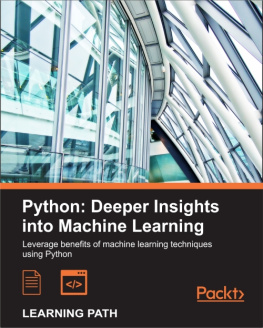Williams - Machine Learning with Python
Here you can read online Williams - Machine Learning with Python full text of the book (entire story) in english for free. Download pdf and epub, get meaning, cover and reviews about this ebook. year: 2019, genre: Home and family. Description of the work, (preface) as well as reviews are available. Best literature library LitArk.com created for fans of good reading and offers a wide selection of genres:
Romance novel
Science fiction
Adventure
Detective
Science
History
Home and family
Prose
Art
Politics
Computer
Non-fiction
Religion
Business
Children
Humor
Choose a favorite category and find really read worthwhile books. Enjoy immersion in the world of imagination, feel the emotions of the characters or learn something new for yourself, make an fascinating discovery.
- Book:Machine Learning with Python
- Author:
- Genre:
- Year:2019
- Rating:4 / 5
- Favourites:Add to favourites
- Your mark:
- 80
- 1
- 2
- 3
- 4
- 5
Machine Learning with Python: summary, description and annotation
We offer to read an annotation, description, summary or preface (depends on what the author of the book "Machine Learning with Python" wrote himself). If you haven't found the necessary information about the book — write in the comments, we will try to find it.
Machine Learning with Python — read online for free the complete book (whole text) full work
Below is the text of the book, divided by pages. System saving the place of the last page read, allows you to conveniently read the book "Machine Learning with Python" online for free, without having to search again every time where you left off. Put a bookmark, and you can go to the page where you finished reading at any time.
Font size:
Interval:
Bookmark:
Machine Learning with Python
The Ultimate Beginners Guide to Learn Machine Learning with Python Step by Step
Copyright 2019- All rights reserved.
This document is geared towards providing exact and reliable information in regards to the topic and issue covered. The publication is sold with the idea that the publisher is not required to render accounting, officially permitted, or otherwise, qualified services. If advice is necessary, legal or professional, a practiced individual in the profession should be ordered.
- From a Declaration of Principles which was accepted and approved equally by a Committee of the American Bar Association and a Committee of Publishers and Associations.
In no way is it legal to reproduce, duplicate, or transmit any part of this document in either electronic means or in printed format. Recording of this publication is strictly prohibited and any storage of this document is not allowed unless with written permission from the publisher. All rights reserved. The information provided herein is stated to be truthful and consistent, in that any liability, in terms of inattention or otherwise, by any usage or abuse of any policies, processes, or directions contained within is the solitary and utter responsibility of the recipient reader. Under no circumstances will any legal responsibility or blame be held against the publisher for any reparation, damages, or monetary loss due to the information herein, either directly or indirectly.
Respective authors own all copyrights not held by the publisher.
The information herein is offered for informational purposes solely, and is universal as so. The presentation of the information is without contract or any type of guarantee assurance.
The trademarks that are used are without any consent, and the publication of the trademark is without permission or backing by the trademark owner. All trademarks and brands within this book are for clarifying purposes only and are the owned by the owners themselves, not affiliated with this document.
Table of Contents
Machine Learning is the science of extracting meaningful information from data. It is multidisciplinary science involving several disciplines like statistics, artificial intelligence, and computer science. Furthermore, it has broad applications in everyday life. From recommendations of what product to purchase, to what movie or tv series to watch. Many websites and social media sites also use complex machine learning algorithms for their operations.
Machine learning methods are classified into a number of categories. This classification depends on a number of factors including whether they can be trained by humans or not, if they can learn incrementally, or if they can determine patterns in data and build models.
In the supervised machine learning methods, the algorithm finds the desired output based on the input provided by the user. In other words, such methods can automate decision-making processes from generalizing known examples. Identifying handwritten digits is a famous example of supervised machine learning algorithms. In this example the scan of handwriting is the input and the actual digits are desired outputs. Another example is weather forecasting based on historical data. The most famous supervised algorithms are as follows:
- k-nears neighbors
- Linear regression
- Neural networks
- Support vector machines
- Logistic regression
- Decision trees and random forests
In these types of machine learning algorithms, only the input is known, whereas no output data is provided. An example of an unsupervised learning algorithm is filtering spam mails using clustering. Another example is identifying. The most famous unsupervised algorithms are as follows:
- k -means clustering
- Hierarchical clustering
- Principal component analysis
Reinforcement learning is a type of machine learning methods in which suitable actions should be taken to maximize reward in a particular situation. Such algorithms are employed by many software and machines to determine the best possible behavior in a specific situation. Reinforcement learning algorithms can be applied in various fields such as industrial automation, data processing, and creating training systems.
Python is a powerful programming language developed by Guido Van Rossum in the late 1989s. This language is currently used in many domains such as web development, software development, education, and data analysis. Reasons for its widespread use include:
- Python is easy to learn and understand
- The Syntax of python is easy
- Python has its own way of managing memory associated with objects.
- Python is not propriety software.
- It is compatible with all platforms (i.e. Windows, Linux, and Mac)
- Can be interfaced with other programming languages
- Many python library and packages are available for data science and machine learning related applications.
Anaconda is a free and open-source distribution of the Python programming language for scientific computing as well as machine-learning related applications. It simplifies package management and deployment. Currently, the Anaconda distribution is used by over 13 million people and includes more than 1,400 popular data science packages. To install the Anaconda distribution on Windows follow the bellowing steps:
Step 1: Download the latest Anaconda distribution file from https://www.anaconda.com/distribution/
There are download options for 32-bit and 64-bit operating systems (Figure 1.1).
Step 2: Click on the executable installation file. A welcome screen will appear (Figure
1.2)
Step 3: Click next, read and accept the license agreement by clicking on I Agree button (Figure
1.3)
Step 4: Choose installation type (i.e. One user or All users) (Figure 1.4)
Step 5: Choose a location to install Anaconda Python distribution (Figure 1.5)
Step 6: Select all options in Advanced installation options screen and ignore all warnings
(Figure 1.6) and click on the Install button.
Step 7: Wait until the installation is complete (Figure 1.7) and then click next button
Step 8: Now the Anaconda python distribution has been successfully installed, click on the
Finish button (Figure 1.8)
Step 9: To check whether the Anaconda has been installed successfully, on command prompt type python, you should see python shell as shown in Figure 1.9
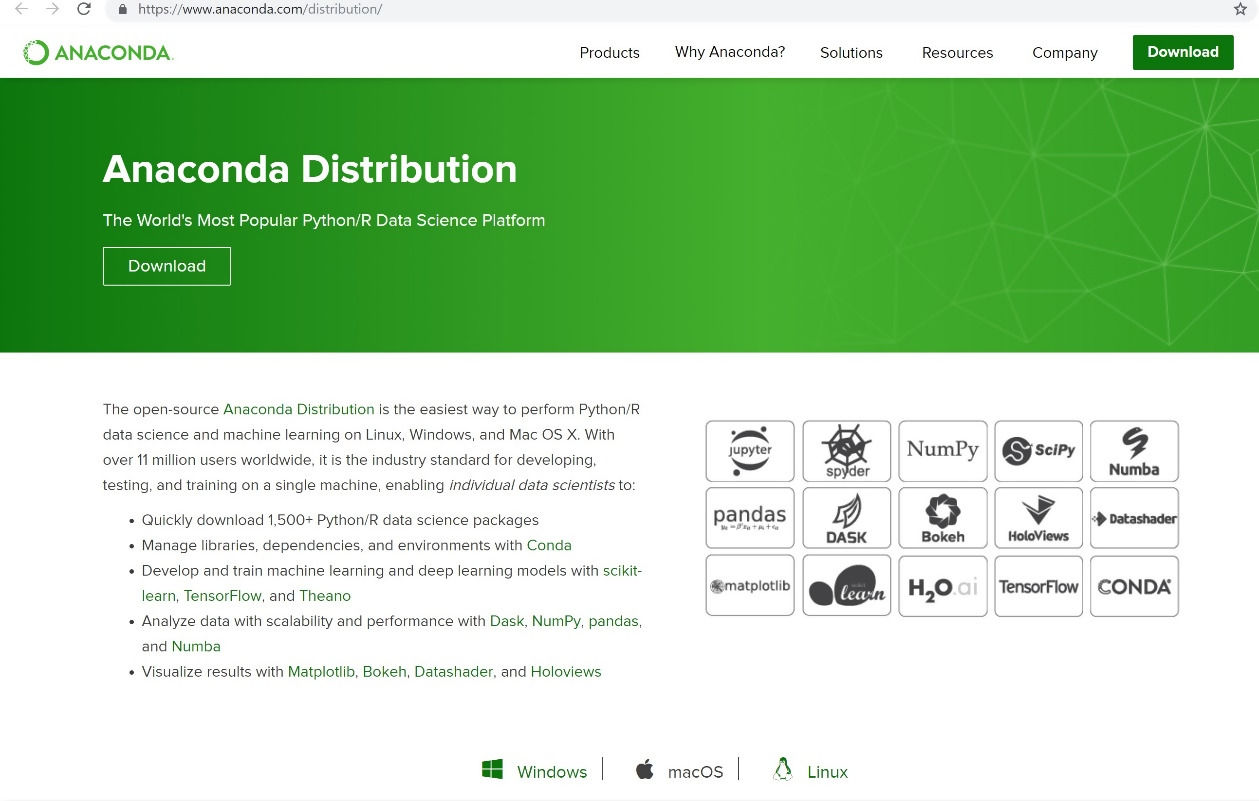
Figure 1.1 Anaconda distribution website
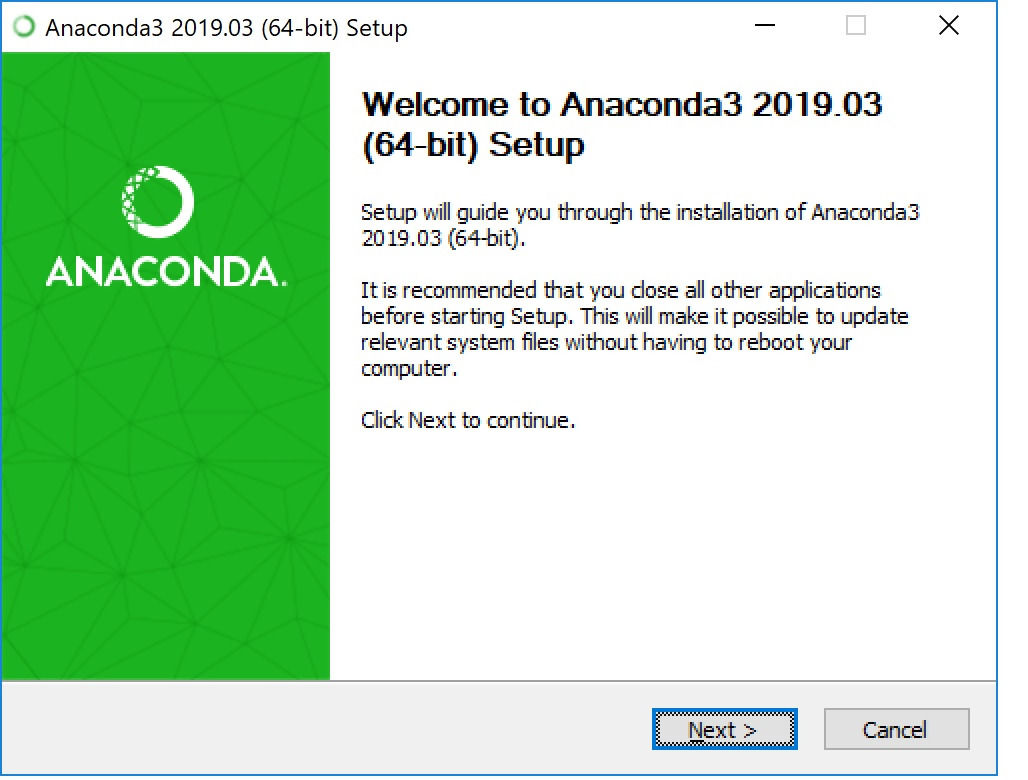
Figure 1.2 Anaconda installation welcome screen

Figure 1.3 License Agreement screen
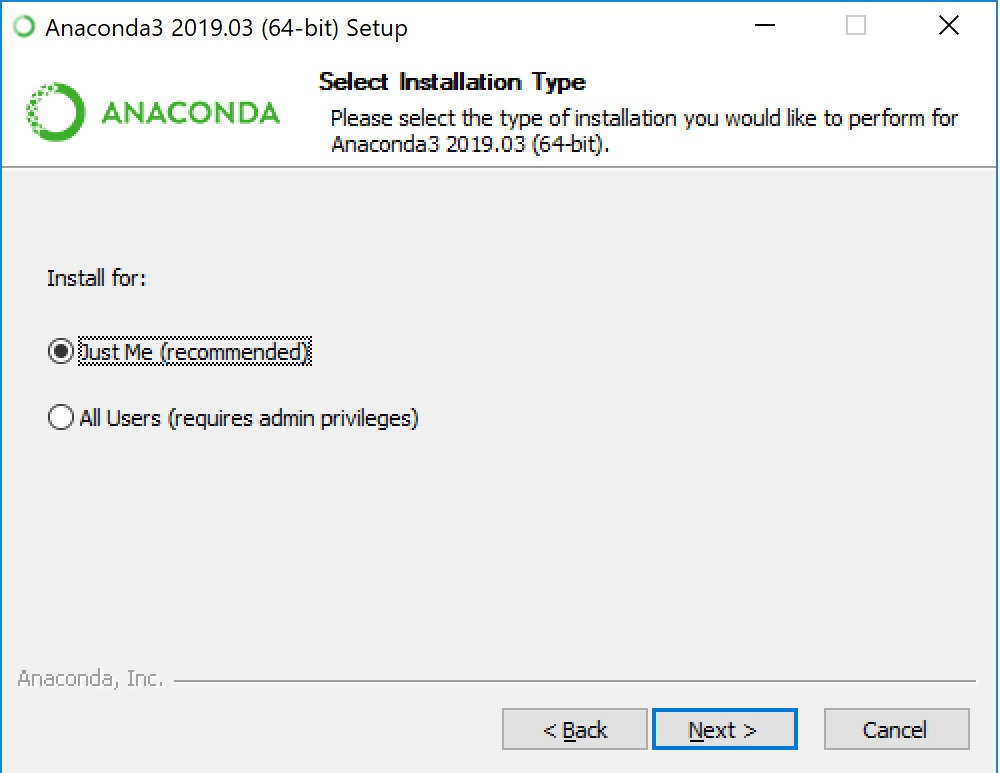
Figure 1.4 Installation type screen
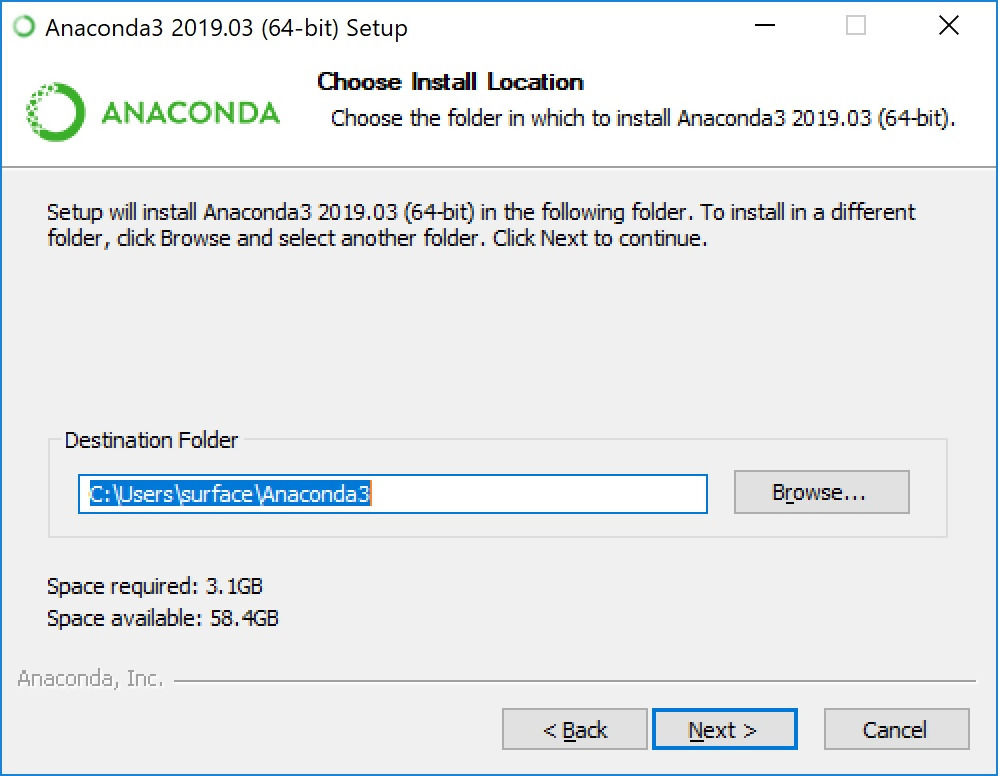
Font size:
Interval:
Bookmark:
Similar books «Machine Learning with Python»
Look at similar books to Machine Learning with Python. We have selected literature similar in name and meaning in the hope of providing readers with more options to find new, interesting, not yet read works.
Discussion, reviews of the book Machine Learning with Python and just readers' own opinions. Leave your comments, write what you think about the work, its meaning or the main characters. Specify what exactly you liked and what you didn't like, and why you think so.

